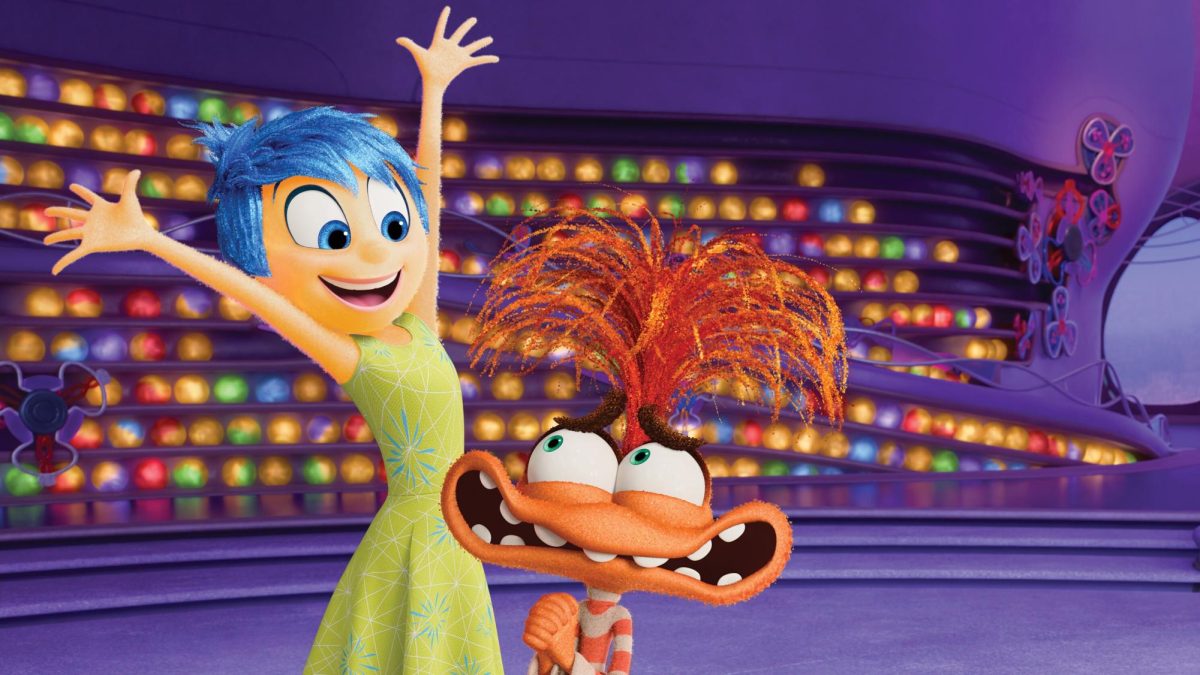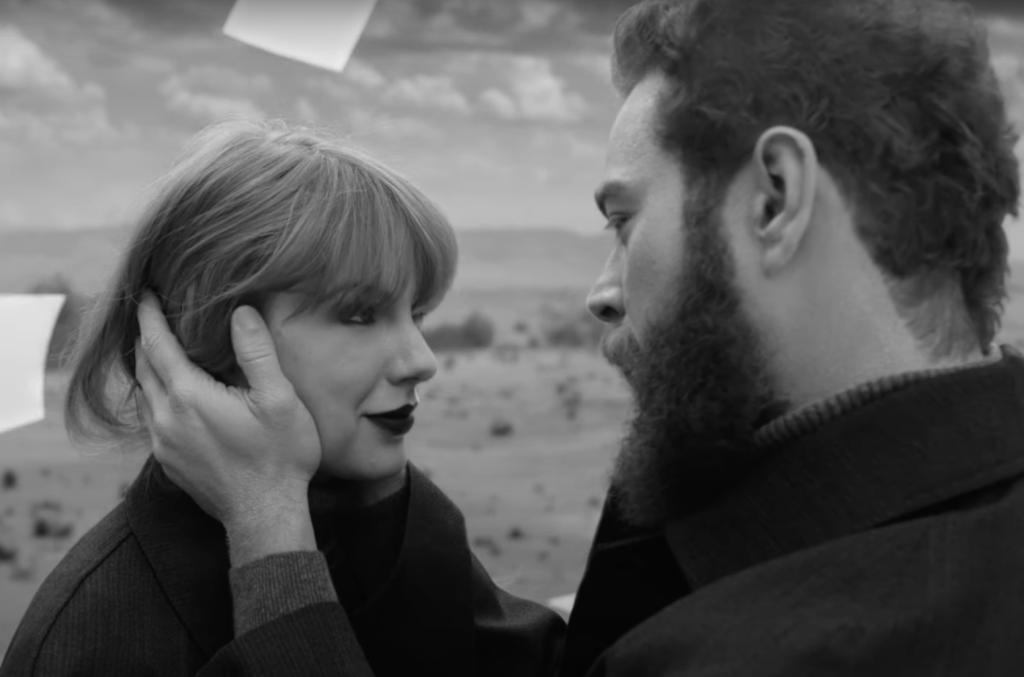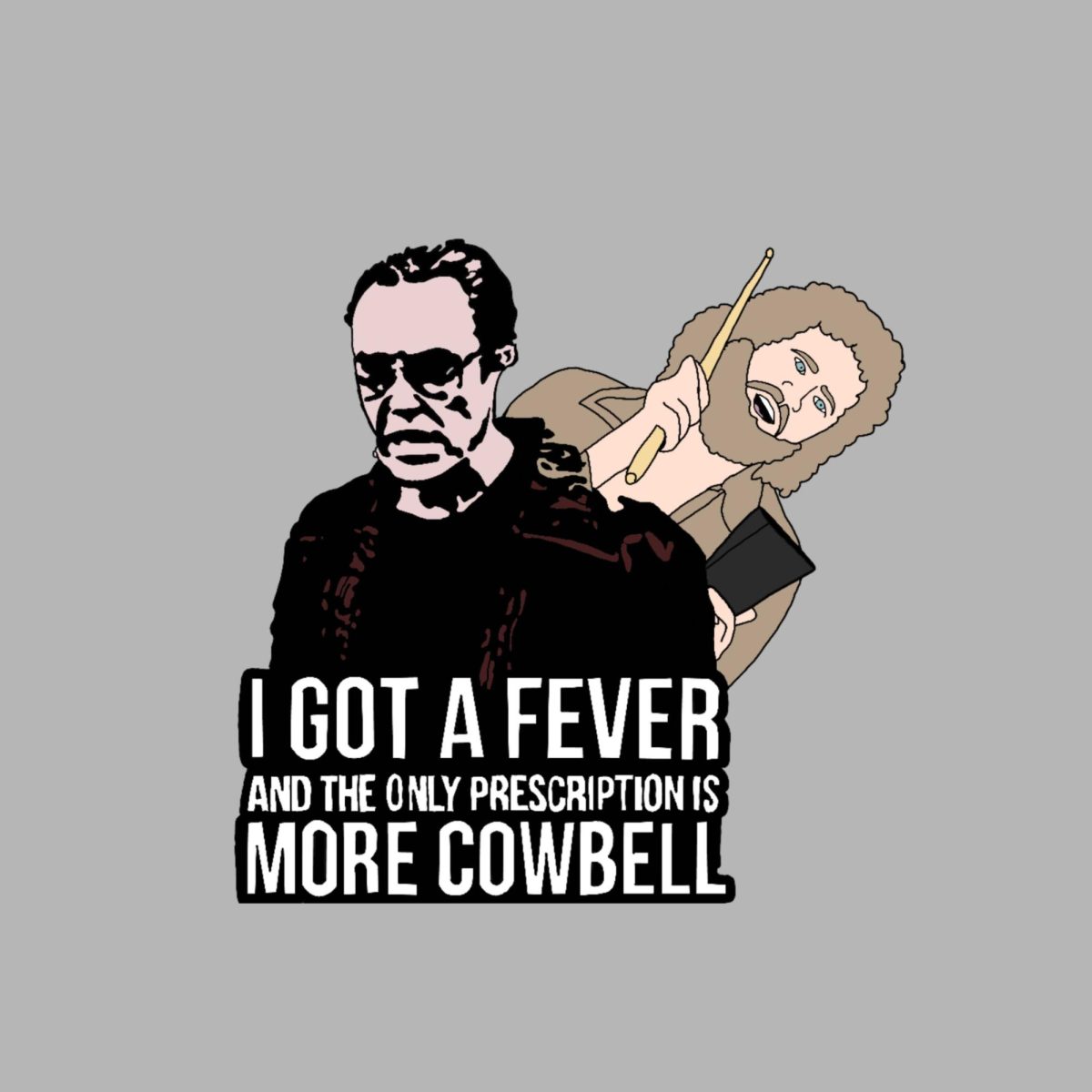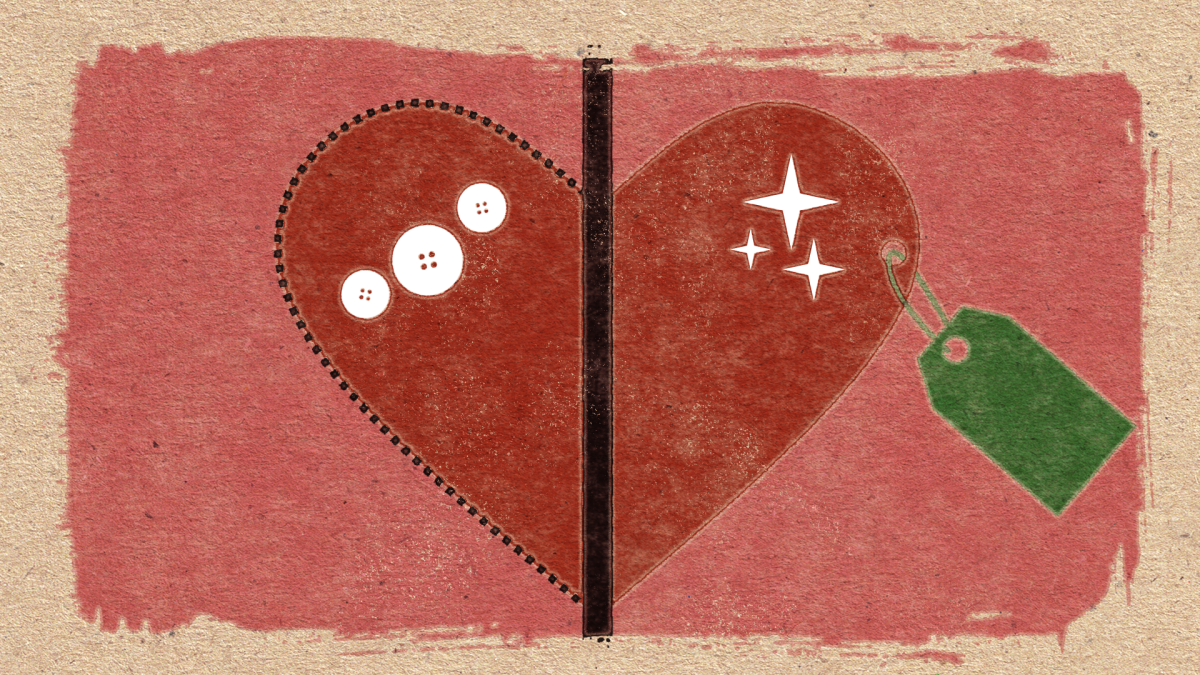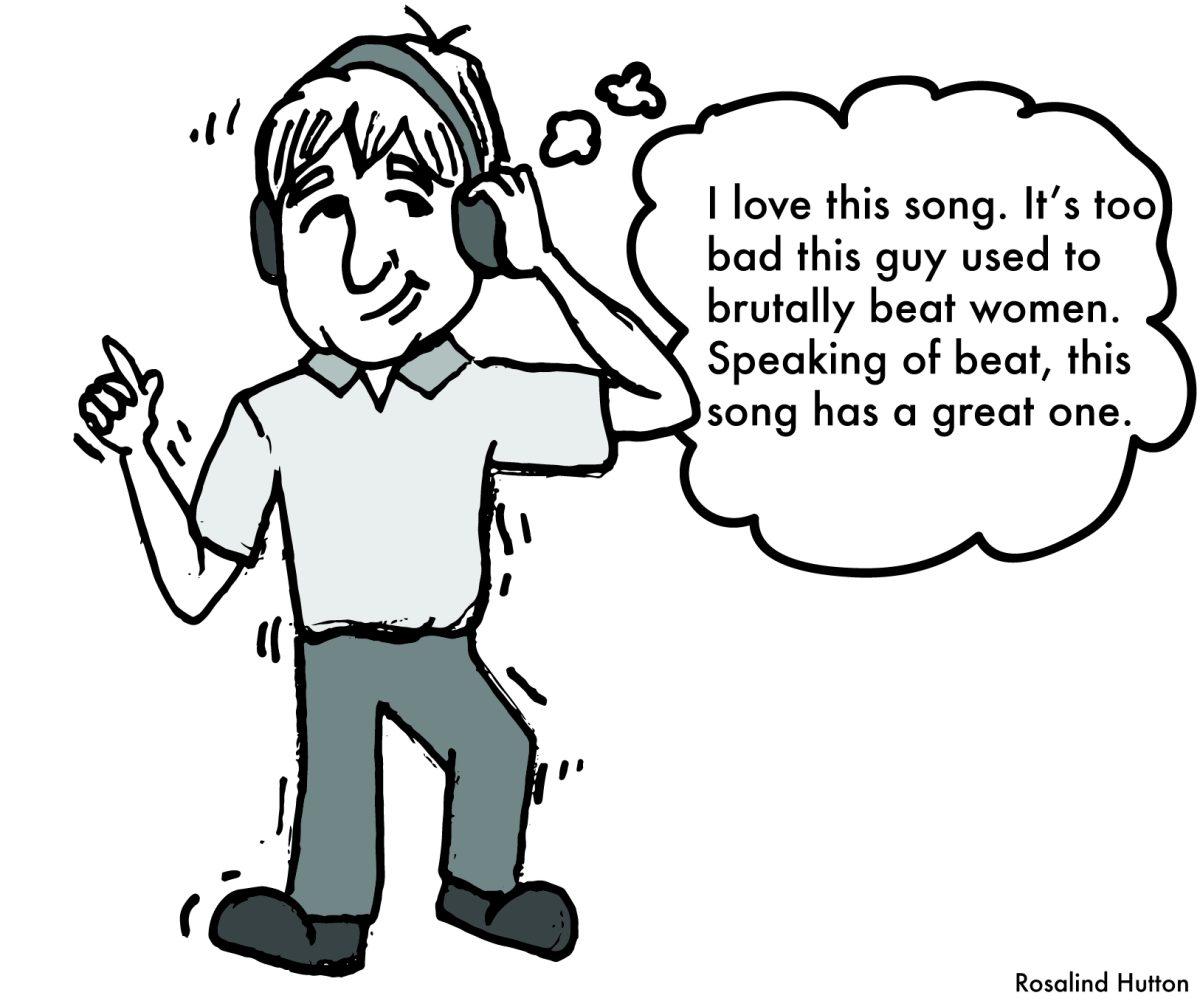If you had not heard, Chris Brown still has a career. I know. It was quite shocking to me, too.
The man who brutally beat Rihanna still has a solid following behind him, for according to Billboard’s Trevor Anderson, his last album, ”Heartbreak on a Full Moon,” debuted at number one on the Top R&B/Hip-Hop Albums Chart in 2017. Past the Rihanna beating, Brown has continued to embroil himself in controversy, with many more allegations and convictions cascading from his private life. With his abhorrent activities, Brown and artists like him embody a central question in the public mind. Can one’s art be separated from the artist?
To make things quick, the answer is no. You cannot separate the creation from the creator any more than you can separate gravity from the universe, which is to say not at all. Creation always contains a mark of the creator, and this goes with any sort of art.
A musician’s styling is unique to them, even if they are heavily influenced by others. An author’s personal voice is present in all of their works, even if they can properly create the illusion of multiple characters. Art contains the signature of who created it, and though you may not even know the artist, you could know the artist’s style.
With that out of the way, a more important question arises: what happens if the artist is a horrific monster, and even more puzzling, what if the horrific monster’s art is insightful, groundbreaking or truly exceptional? I have been pondering this question for quite a while now, seeing as I have some investment in some terrible people’s art, and some of my favorite creatives were, or are, garbage human beings.
For instance, I was absolutely devastated when I heard about Kevin Spacey’s sexual assault allegations and recent felony charges, reported by Aja Romano with Vox, for I love Spacey’s work in films like “Baby Driver” and TV shows like the excellent “House of Cards.” Note I said “love,” not “loved.”
The knowledge of Spacey’s behavior has not lessened my appreciation of his artistry, for Spacey is undeniably an amazing actor, whose performances are ever enthralling. However, I could not finish “House of Cards,” for I could only think of the reality of Spacey, not the fiction he was attempting to portray.
On a similar note, those who know me personally are probably aware of my annoying level of admiration for The Beatles. I listen to them nearly every day, and every time I do, I am more enamored with their creativity.
Unfortunately, John Lennon, in private, was not the man of peace that he appeared in public. According to Sydney Rodosevich of The Daily Californian, in an interview with Playboy, Lennon discussed the reality behind the song “Getting Better,” admitting he hit women in past relationships. When I discovered this, I was heartbroken. It was nigh impossible to rectify my love for Lennon and his music with my hatred of contemporary maltreaters, like the previously mentioned Spacey or Roman Polanski.
This conundrum led me to a final verdict on art and artists, which I now have the pleasure of sharing.
If one is unaware of the moral standings of the artist, the morality of the artist does not factor into one’s enjoyment of their art, and therefore, the art is judged purely on its own qualities based on your personally developed sense of artistic taste. The discovery of immorality in the artist does not fundamentally alter the art, though it may alter your perception of it.
Say one has discovered something unsettling about their favorite artists. The question now becomes whether they can still enjoy the artist’s art. In my humble opinion, you can certainly still enjoy their art, for you have already enjoyed their art. Their art has shown itself to be enjoyable, and their previous work is not objectively changed by one’s change in perception. If one can continue to enjoy an artist’s creation with the knowledge of their wrongdoing, go right ahead.
When discussing financial support of a problematic artist, it becomes far more complex. I would like to simply say, “No, you should not financially support people who are garbage human beings,” and in fact, I did just simply say that.
However, it is difficult to determine where the line is. If you were to pirate movies, TV shows or music to avoid financially supporting a specific wrongdoer, you inadvertently do not support the many, and hopefully not terrible, people who helped create that art. Art is not created in a vacuum, as it is.
Additionally, it is up to the individual to decide whether it is ethical to illegally consume art in order to avoid financially supporting an individual. In the end, it is always the consumer’s choice of action in how to proceed, but always keep in mind where your money is going and what you are implicitly saying with your financial support.
To return to Brown, I shall definitively say one should not support a person who is an abuser, no matter the abuser’s talent. If you cannot live without Brown’s music, you have the right to listen to it, and I will not judge you for your taste if you will not judge mine. However, I will ask that you keep in mind the artist’s actions, for great art does not guarantee a moral artist.
Categories:
Separating the art from the artist
About the Contributor

Dylan Bufkin, Former Editor-in-Chief
Dylan Bufkin served as the Editor-in-Chief of The Reflector from 2020 to 2021.
He also served as the Opinion Editor from 2019 to 2020.
0
Donate to The Reflector
Your donation will support the student journalists of Mississippi State University. Your contribution will allow us to purchase equipment and cover our annual website hosting costs.
More to Discover



































